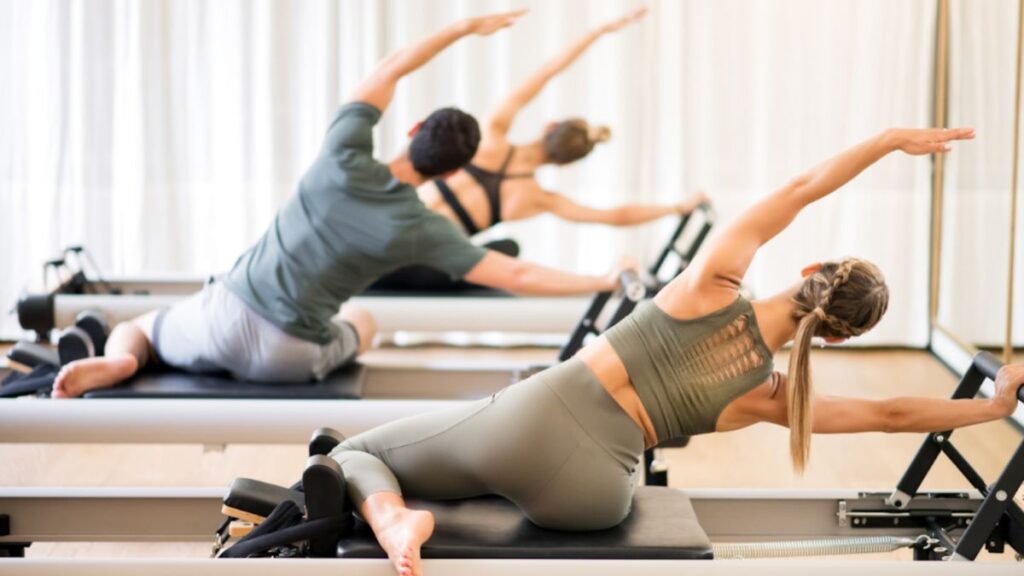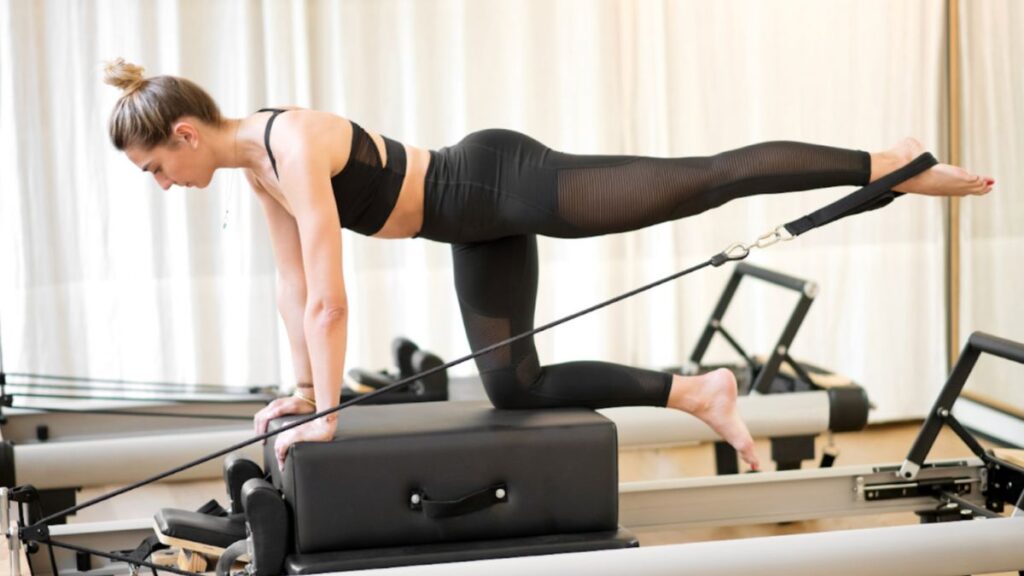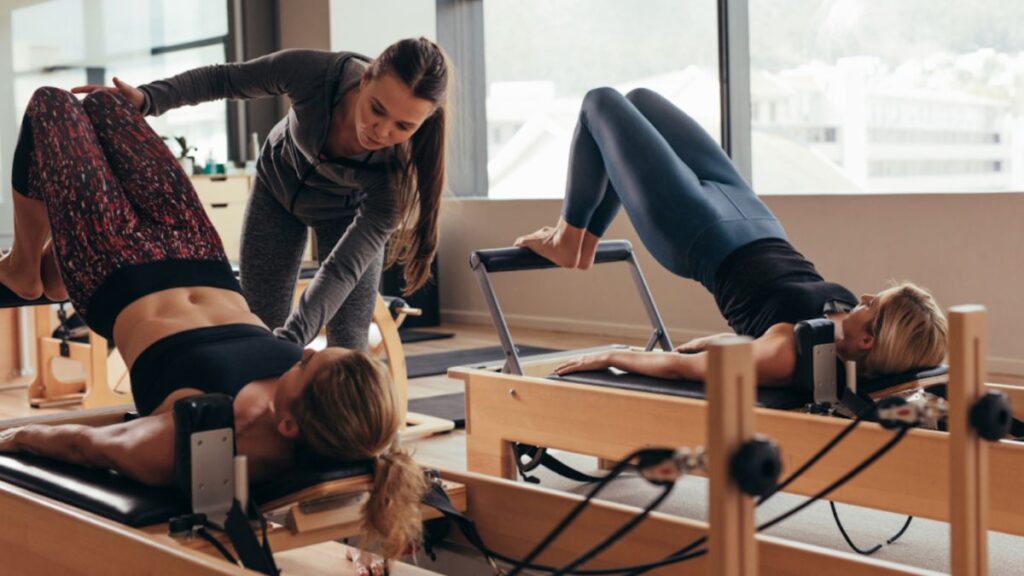When you scroll through social media these days, you’ve seen the buzz around Pilates. With its rising popularity and the opening of sleek new studios across the country, many are wondering: What exactly is Pilates? Is it just another form of yoga? Is it a trend or here to stay? More importantly, how does it compare to or complement traditional strength training?

In this blog, we’ll break down what Pilates really is, how it differs from other fitness modalities, and why it’s not a question of Pilates vs. strength training, but rather how the two can work together to transform your fitness journey.
What Is Pilates?
Pilates is a low-impact form of exercise that focuses on controlled movements, core strength, flexibility, posture, and body awareness. Developed by Joseph Pilates in the early 20th century, it was originally used for rehabilitation, but today it’s embraced by everyone from dancers and athletes to complete beginners looking for a mindful, effective workout.

Unlike yoga, which emphasizes flexibility and breathwork with static poses, Pilates is more dynamic and structured around movement patterns. It often uses specialized equipment like the Reformer or Cadillac, though mat-based classes are just as effective for many.
Why Pilates Isn’t Just for Beginners—or Just for Recovery
While it may seem gentle at first glance, Pilates can be surprisingly intense. The slow, precise movements challenge your stabilizer muscles, deepen your mind-body connection, and build muscular endurance in a way that traditional weightlifting often overlooks. It’s not just for recovery days or rehab, Pilates can push even seasoned athletes out of their comfort zone.
How Pilates Complements Strength Training
Strength training is essential for building muscle mass, increasing metabolism, and improving bone density. However, many lifters experience mobility issues, tight hips, or lower back pain—often due to poor posture or lack of core engagement. That’s where Pilates comes in.

Here’s how Pilates and strength training support each other:
- Core Strength: Almost every Pilates move targets your core. A stronger core means better lifting technique and reduced risk of injury during weight training.
- Mobility and Flexibility: Pilates helps increase your range of motion, which enhances performance in compound lifts like squats and deadlifts.
- Stabilization and Alignment: Pilates trains smaller stabilizing muscles that are often neglected in traditional lifting, leading to more balanced strength and joint stability.
- Recovery and Longevity: The low-impact nature of Pilates makes it an excellent tool for active recovery, allowing you to train more consistently without burning out.
The Best of Both Worlds
Rather than thinking of Pilates as an alternative to strength training, think of it as a complement. Incorporating even one or two Pilates sessions a week can dramatically improve your performance in the gym, increase body awareness, and help you move better both during workouts and in daily life.

